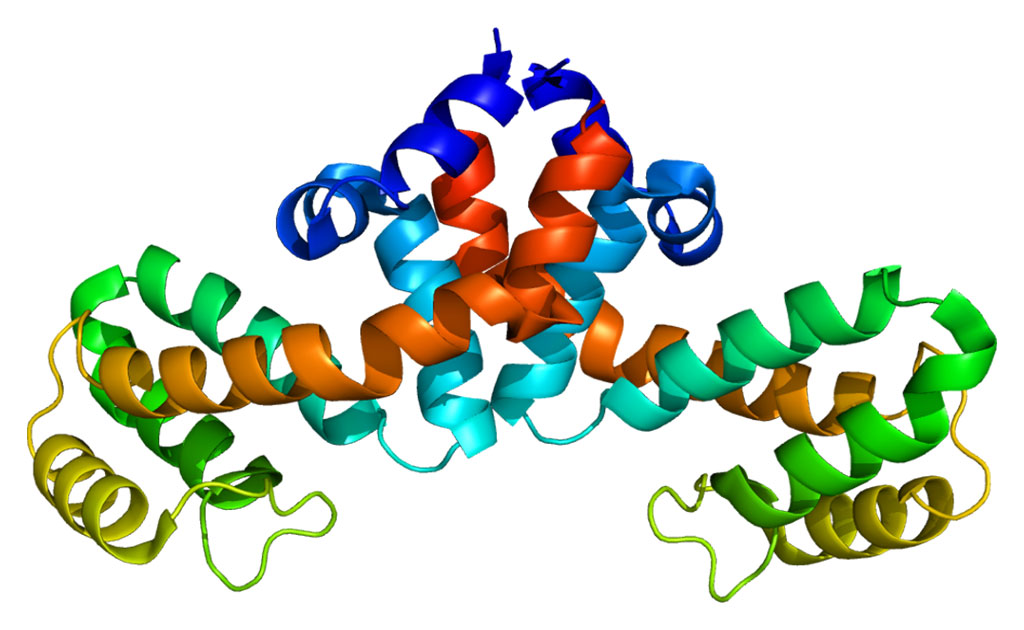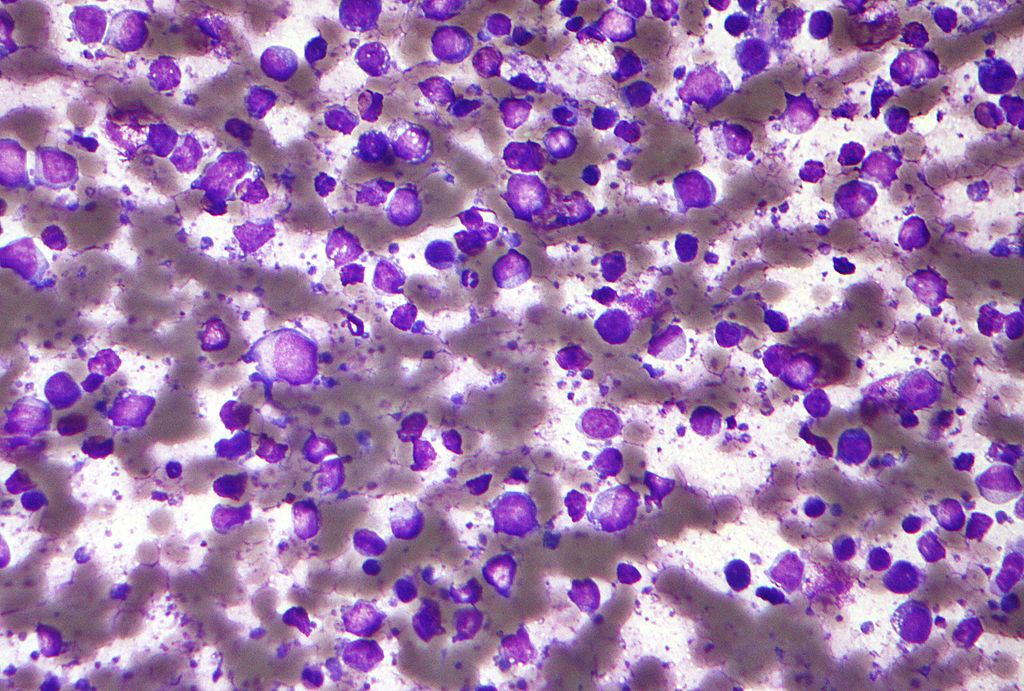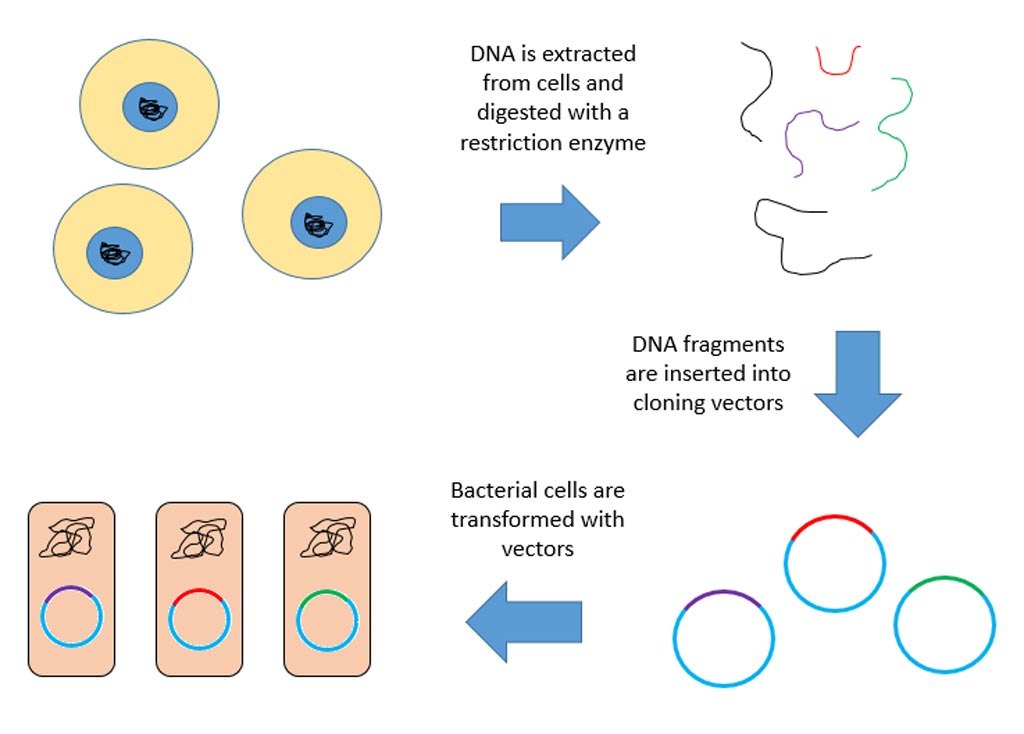Molecular Signaling Pathway Links Bone Development to the Parasympathetic Nervous System
By LabMedica International staff writers
Posted on 19 Sep 2012
A molecular signaling pathway based on the cytokine interleukin-1 (IL-1) has been found to play a critical regulatory role in the formation and growth of bone mass in the developing individual.Posted on 19 Sep 2012
A team of investigators at the Hebrew University of Jerusalem (Israel) were studying the relationship between bone development and the parasympathetic nervous system (PSNS). To trace linkages within this system they injected pseudorabies virus into the thighbones of a population of laboratory mice and then followed the trail of the virus as it migrated towards the brain.
Results published in the September 4, 2012, online edition of the journal Proceedings of the National Academy of Sciences of the USA (PNAS) showed that following injection into bone the virus could be detected in the brain in regions known to be specific for the parasympathetic subsystem. Furthermore, results indicated that effects of the parasympathetic system on bone development were similar to those previously attributed to IL-1 activity.
Genetically engineered mice with silenced IL-1 receptor signaling in the central nervous system due to brain-specific overexpression of a human IL-1 receptor antagonist displayed increased bone resorption and low bone mass.
This newly identified neuronal pathway, which connects interleukin-1 in the brain and the parasympathetic subsystem, was found to regulate heart rate in addition to its effects on bone growth and development. Disruption of interleukin-1 in the brain and the parasympathetic system has been observed in disorders such as depression, Alzheimer's disease, and epilepsy, which are often accompanied by low bone density and osteoporosis.
"The connection between the brain and the bone in general and the involvement of the newly discovered pathway in particular is a new area of research about which we still know very little,” said senior author Dr. Itai Bab, professor of oral pathology at the Hebrew University of Jerusalem. "The new findings, discovered in our Hebrew University laboratories, highlight for the first time an important physiological role for the connection between interleukin-1 in the brain and the autonomic nervous system."
Related Links:
Hebrew University of Jerusalem














